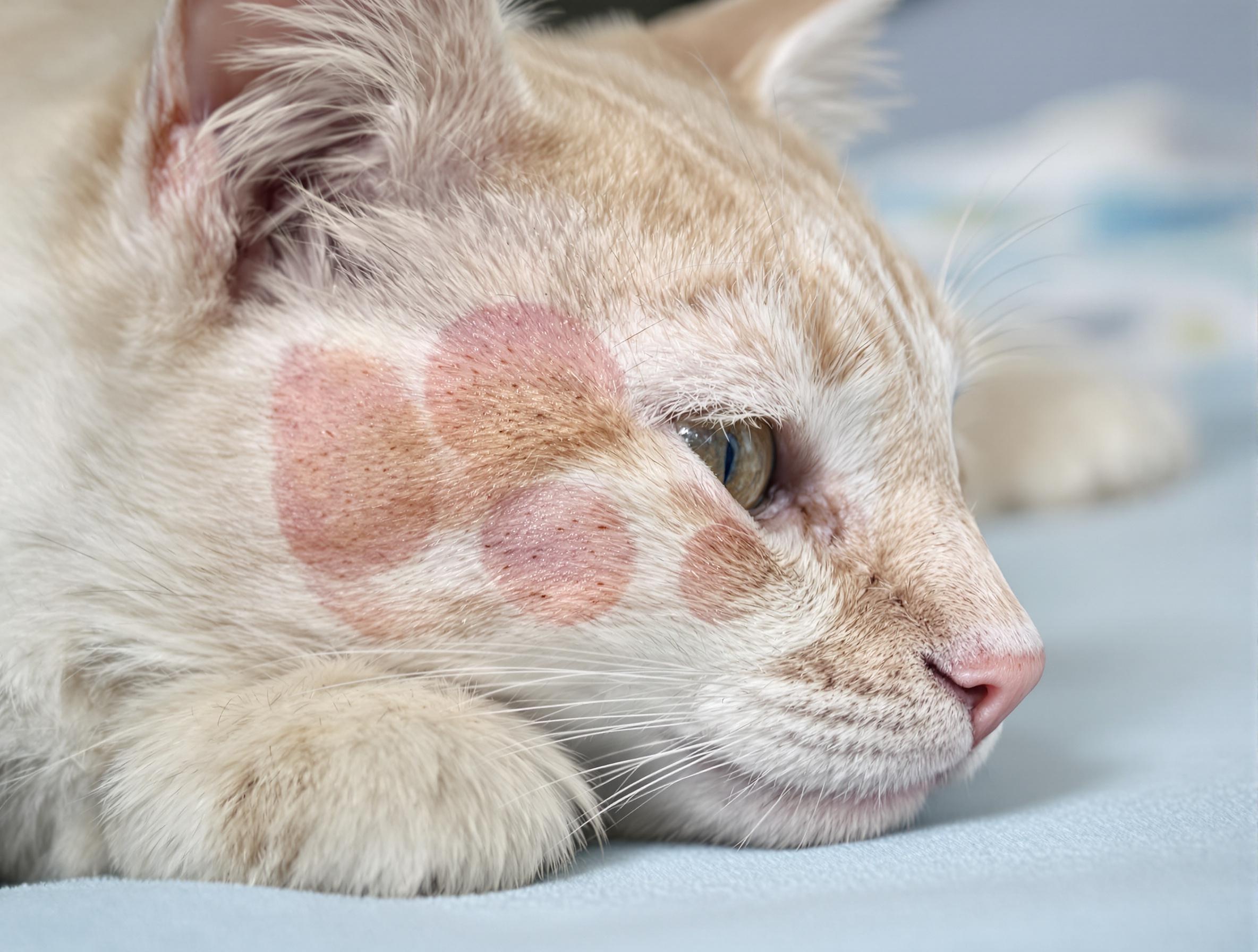What Are Fleas and How Can They Affect Your Pet?

Key Takeaways
- Flea infestations can cause severe health issues like skin infections and anemia, so establishing regular flea prevention methods is important.
- Understanding the flea life cycle helps in effective flea prevention and treatment for your cat or dog.
- Your vet can help you choose the best, proven medical treatments for your pet and help you build a comprehensive and long-lasting approach to flea control.
Understanding Fleas and Their Impact
That all-too-familiar sight of your pet scratching nonstop could be more than just an occasional itch. A flea infestation can quickly escalate from a minor nuisance to a serious problem, causing discomfort for both you and your furry friend. Each tiny bite can leave your cat or dog in distress, and if left unchecked, these pests can lead to more complicated health issues.
Fleas multiply rapidly and can cause anything from irritating skin infections to severe flea allergy dermatitis. The good news? With the right prevention and early intervention, you can keep your pet safe and itch-free.
What Are Fleas and Their Life Cycle?
Fleas are resilient parasites capable of turning your home into their breeding ground in no time. These tiny insects, about the size of a grain of rice, don’t just live on your pet; they multiply rapidly in your environment. Their survival depends on an efficient life cycle that allows them to thrive in various conditions, making them tough to eliminate without a consistent prevention plan.
The Four Life Stages of Fleas
- Eggs: Microscopic white specks that fall from your pet’s coat and settle into carpets, furniture, and outdoor areas. In warm, humid conditions, they hatch within 2–12 days.
- Larvae: Small, pale worms (2–5 mm long) that feed on organic debris in carpets, bedding, or soil for 5–11 days.
- Pupae: Protected by silk cocoons coated in debris, these can remain dormant for up to six months before emerging.
- Adults: Fully developed fleas detect heat and carbon dioxide from potential hosts and begin feeding immediately after emerging.
Warm, humid environments accelerate flea development, allowing infestations to spiral out of control quickly. At peak reproduction, a single female flea can lay up to 50 eggs per day, making ongoing flea prevention far more effective than occasional treatment.
When Are Fleas Most Active?
Fleas thrive in warmer climates and become most active during spring and summer when temperatures and humidity levels rise. In milder regions, fleas can remain a year-round problem. This makes consistent, year-round prevention crucial for protecting your pets.

How Fleas Affect Pet Health
Many pet parents first realize there’s a problem when their cat or dog starts showing signs of discomfort. Recognizing early signs can help catch a flea infestation before it becomes serious:
- Small black specks in your pet’s fur (flea dirt)
- Persistent scratching or biting at specific areas
- Red, inflamed patches on the skin
- Unusual hair loss, particularly around the tail and back
- Pale gums (in severe cases)
Even moderate infestations can trigger flea allergy dermatitis (FAD)—an immune response to flea saliva. This allergic reaction affects up to half of dogs with skin conditions and can lead to intense itching and infections.
If left untreated, excessive scratching may cause secondary bacterial infections. Fleas also pose other health risks—when pets ingest fleas while grooming, they can develop tapeworms, which may cause weight loss and nutritional deficiencies. In young, elderly, or sick pets, severe infestations can lead to anemia.
To prevent these issues, conduct regular coat checks and work with your veterinarian to establish a year-round flea prevention plan.
Effective Flea Treatments for Pets
Protecting your furry family member combines proven medications with consistent prevention. Treat all pets in your household simultaneously to prevent reinfestation.
Common Flea Treatment Options
- Spot-on treatments: Easy-to-apply liquid medications like Advantage II provide month-long protection.
- Oral medications: Flavored tablets such as Nexgard Chewables stop flea reproduction and provide convenient, effective results.
- Protective collars: Options like Collars offer several months of continuous flea protection.
- Medicated sprays: Products such as Adams Plus Spot On provide fast-acting relief during infestations.
Fleas are incredibly resilient, but combining these treatments can help break their life cycle and keep your pet comfortable and healthy.
For more options, explore Flea and Tick Treatments on 1800PetMeds.com.
Flea Prevention Tips for Pet Owners
Preventing fleas requires a mix of consistent medication, grooming, and environmental care:
- Use consistent medication: Apply vet-recommended flea control products regularly.
- Maintain a clean environment: Vacuum carpets twice a week, wash pet bedding weekly, and treat outdoor spaces with pet-safe flea control.
- Establish a grooming routine: Brush and inspect your pet twice a week using a flea comb to catch early signs.
Your vet can help tailor a prevention strategy based on your pet’s health, environment, and past treatments.
Supporting Your Pet’s Well-being
Caring for your pet’s health means staying ahead of potential problems like fleas. Regular wellness visits, grooming, and a strong prevention plan help ensure your pet stays healthy and happy.
For trusted guidance and expert advice, visit PetHealthMD to explore comprehensive resources on pet wellness and flea prevention.
FAQs About Fleas and Pet Health
How can I tell if my pet has fleas?
Look for excessive scratching, tiny black specks (flea dirt), or small brown insects moving through your pet’s fur. A flea comb can help detect them early.
Can indoor pets get fleas?
Yes. Fleas can enter homes through clothing, shoes, or other pets and thrive indoors, especially in warm, humid environments.
What is the best flea prevention for dogs and cats?
The best prevention depends on your pet’s lifestyle and health. Popular options include Advantage II, Seresto Collars, and oral medications like Nexgard Chewables. Your vet can help you choose the most suitable option.
How often should I treat my pet for fleas?
Most flea prevention treatments should be applied monthly, but always follow the instructions on the product label and your veterinarian’s advice.
Do I need to treat my home if my pet has fleas?
Yes. Wash bedding, vacuum carpets, and use pet-safe sprays or foggers to prevent reinfestation and eliminate flea eggs in the environment.





